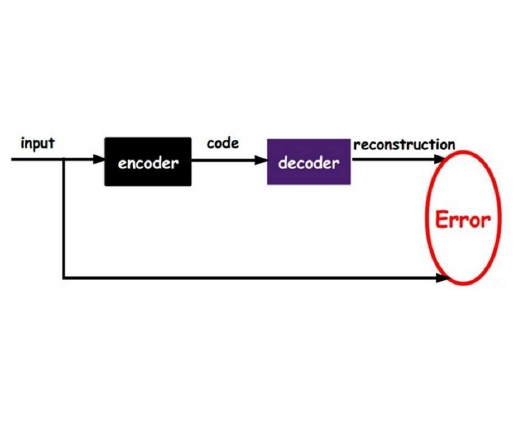Novelty detection is the task of recognizing samples that do not belong to the distribution of the target class. During training, the novelty class is absent, preventing the use of traditional classification approaches. Deep autoencoders have been widely used as a base of many unsupervised novelty detection methods. In particular, context autoencoders have been successful in the novelty detection task because of the more effective representations they learn by reconstructing original images from randomly masked images. However, a significant drawback of context autoencoders is that random masking fails to consistently cover important structures of the input image, leading to suboptimal representations - especially for the novelty detection task. In this paper, to optimize input masking, we have designed a framework consisting of two competing networks, a Mask Module and a Reconstructor. The Mask Module is a convolutional autoencoder that learns to generate optimal masks that cover the most important parts of images. Alternatively, the Reconstructor is a convolutional encoder-decoder that aims to reconstruct unperturbed images from masked images. The networks are trained in an adversarial manner in which the Mask Module generates masks that are applied to images given to the Reconstructor. In this way, the Mask Module seeks to maximize the reconstruction error that the Reconstructor is minimizing. When applied to novelty detection, the proposed approach learns semantically richer representations compared to context autoencoders and enhances novelty detection at test time through more optimal masking. Novelty detection experiments on the MNIST and CIFAR-10 image datasets demonstrate the proposed approach's superiority over cutting-edge methods. In a further experiment on the UCSD video dataset for novelty detection, the proposed approach achieves state-of-the-art results.
翻译:鼻孔检测是确认不属于目标类分布的原始图像的任务。 培训期间, 缺少新奇类, 防止使用传统分类方法。 深自动算术被广泛用作许多不受监督的新发现方法的基础。 特别是, 环境自动算术在新颖检测任务中取得了成功, 因为他们从随机遮盖图像中重建原始图像而学会了更有效的表达方式。 然而, 上下文自动解码器的一大缺点是, 随机掩罩无法始终覆盖输入图像的重要结构, 导致亚优化显示, 特别是新颖检测任务。 在本文中, 为优化输入掩码, 我们设计了一个框架, 由两个相互竞争的网络组成, 包括一个 Makes 模块和一个再构建器。 磁模模块是一个演化的自动解析器, 学会生成覆盖图像中最重要的部分的最佳遮罩。 另一种情况下, 重新构造内置的内置式解调方法是用于更深层图像的内置图像, 特别是用于优化检测的内置图像的外置图像 。 网络被训练成为制导式的内置式图像, 以模型为制导式的内置式, 以内置式的内置式的内置式的内置方式, 。 正在制成为制式的内置式图图, 以制成为制成为制式的内置。 以制解图图, 以制成为制成为制成为制式的内置式的内置式,,, 制式的内置式的内置式的内置式图, 制式图图图, 制式图, 制式图, 以制式图, 以制式图, 制式图, 以制为制为制为制为制式图,, 制为制式, 制式,,, 制式, 制式, 制式, 制为制式图。




